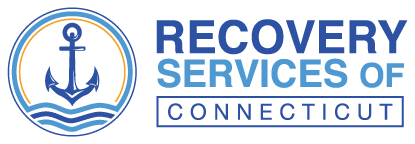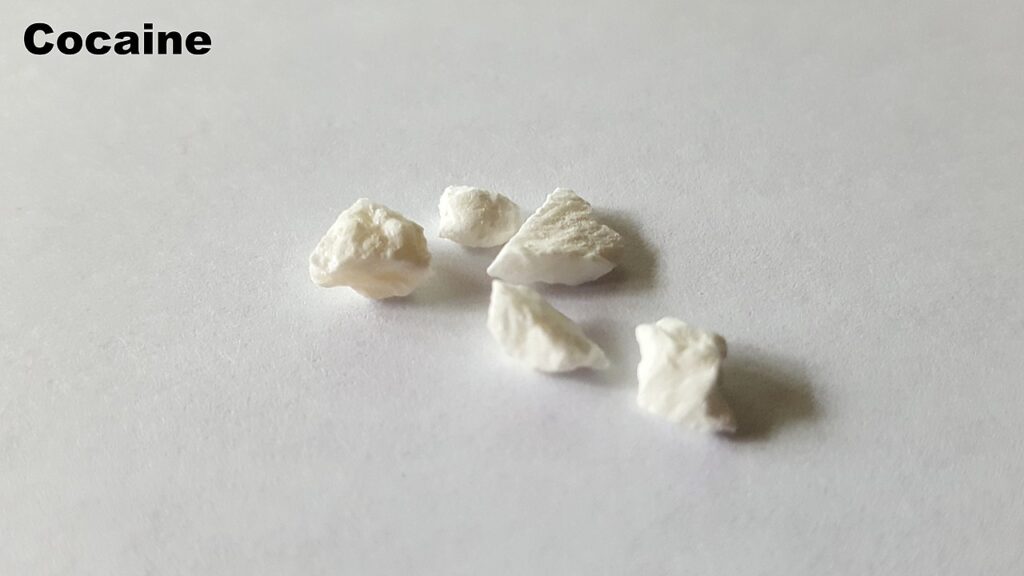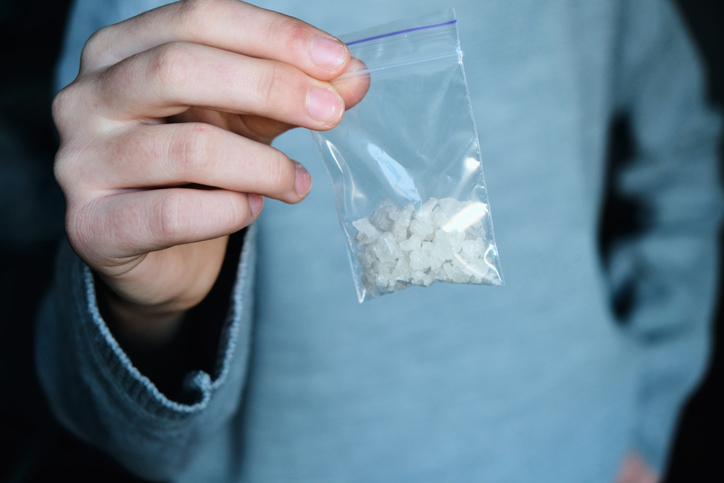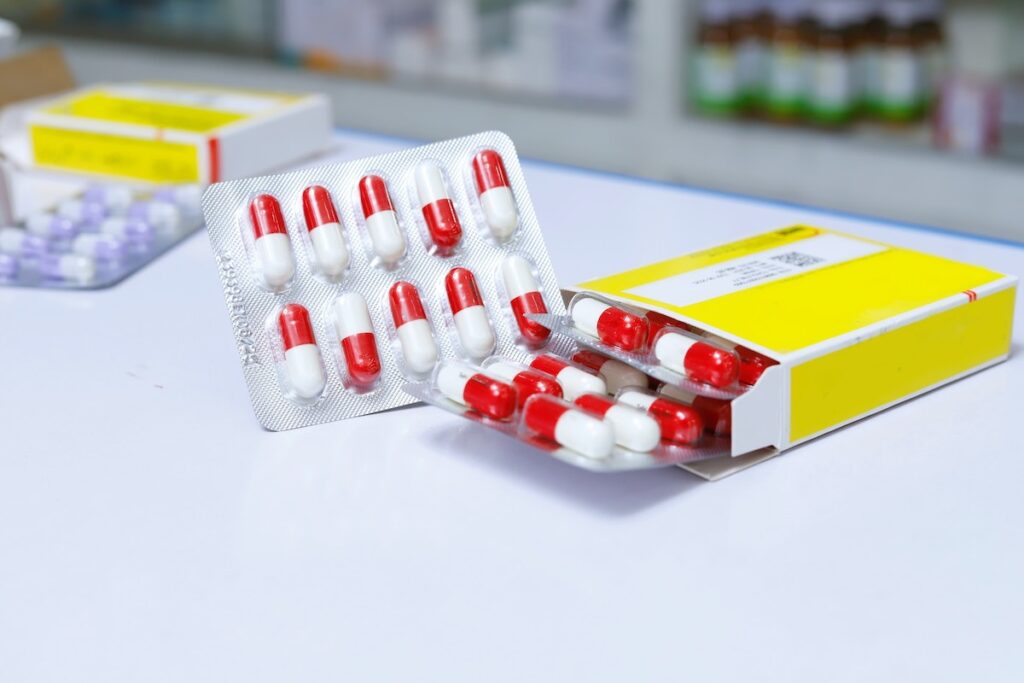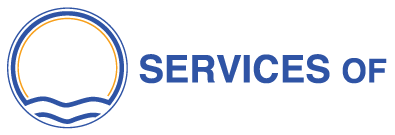Drug addiction, also known as Substance Use Disorder (SUD), is a serious issue that affects millions of people worldwide. It’s like being caught in a rainstorm without an umbrella—you’re exposed, vulnerable, and it’s hard to see a way out. But just as the sun eventually shines, there’s hope and help available for those struggling with addiction. This article will serve as your umbrella, providing information and guidance on understanding and treating drug addiction.
Understanding Drug Addiction
Imagine your brain as a complex highway system. Normally, traffic (or information) flows smoothly. But when drugs enter the system, they’re like roadblocks, disrupting the flow and causing chaos. This is what happens in a brain affected by Substance Use Disorders (SUD).
SUD is a chronic disease, meaning it’s long-lasting and requires ongoing management—much like diabetes or asthma. It’s characterized by a problematic pattern of drug use that leads to significant impairment or distress.
There are many types of drugs associated with SUD, including alcohol, cannabis, hallucinogens, opioids, and more. Each type of drug has different effects but all can lead to SUD if misused.
Approaches to Drug Addiction Treatment
Treating drug addiction isn’t a one-size-fits-all process. It’s like trying to find the right key for a lock—what works for one person may not work for another.
Treatment options include medications, behavioral therapies, and both outpatient and inpatient rehabilitation. Medications can help manage withdrawal symptoms and cravings, much like a bandage helps protect a wound as it heals.
Behavioral therapies help people understand their addiction, their triggers (like a stressful situation that makes one want to use drugs), and their reasons for using drugs. It’s like having a map that helps you navigate your way out of the maze of addiction.
Outpatient and inpatient rehabilitation provide structured treatment programs. Outpatient rehab is like going to school—you attend treatment sessions but live at home. Inpatient rehab, on the other hand, is like a residential camp where you stay at the facility and receive round-the-clock care.
The Treatment Process
The treatment process for drug addiction is a journey with several important steps. It starts with assessment and diagnosis, like a mechanic identifying what’s wrong with a car before starting repairs.
Next is developing a treatment plan, which is like a roadmap for the journey to recovery. This plan is tailored to each individual’s needs and may include a combination of medications, therapy, and support groups.
Detoxification is the next step, which involves clearing the body of drugs. It’s like a deep clean for your body, but it can come with withdrawal symptoms, so medical supervision is often required.
Rehabilitation focuses on long-term strategies to maintain drug-free living. It’s like learning to drive a new car—you need to understand how to operate it and navigate the road ahead.
Finally, aftercare ensures ongoing support after treatment, like regular check-ups with a mechanic to keep a car running smoothly.
Challenges in Drug Addiction Treatment
Overcoming addiction is like climbing a mountain—it’s a tough journey with many obstacles. One of the biggest challenges is the risk of relapse, or returning to drug use. But just like a mountaineer who slips but doesn’t fall off the mountain, a relapse is a setback, not a failure.
Another challenge is finding the right treatment. Everyone’s addiction journey is unique, so treatment must be tailored to individual needs. It’s like finding the right shoe size—it has to be a perfect fit to be comfortable and effective.
The Role of Healthcare Providers in Drug Addiction Treatment
Healthcare providers are like guides on the journey to recovery. They should actively listen, engage in a nonjudgmental way, and treat patients with respect. They should help patients understand that recovery is possible, like a coach encouraging an athlete that they can win the race.
Resources for Drug Addiction Treatment
There are many resources available to help find treatment services. It’s like having a directory of all the best mechanics in town when your car breaks down. These resources can help you find the right treatment services that fit your needs and financial situation.
Reducing Stigma in Drug Addiction
Stigma, or negative attitudes and beliefs about drug addiction, can be a major barrier to seeking treatment. It’s like a wall that blocks the path to recovery. But by educating ourselves and others, we can help break down this wall and make the journey to recovery easier for those struggling with addiction.
Conclusion
Recovery from drug addiction is possible. It’s like reaching the end of a long, challenging hike and finally seeing the beautiful view—it takes effort and perseverance, but the result is worth it. If you or someone you know is struggling with addiction, remember that help is available and recovery is achievable.
